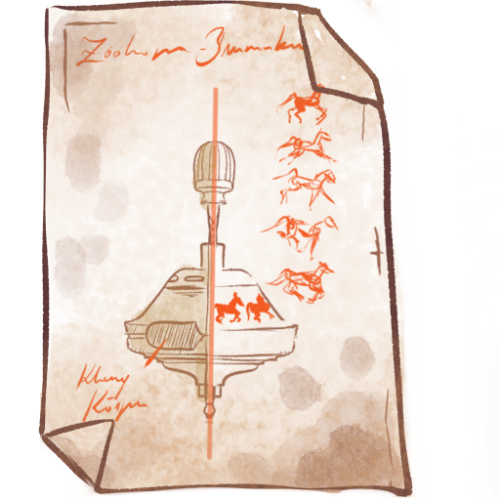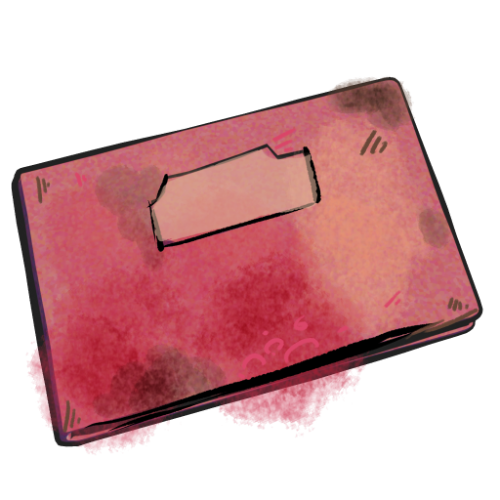
The design of the world of the child appealed to the sense of responsibility of the artists of the Vienna Secession, who aimed to create a total work of art, artistically shaping and enlivening all areas of daily life. The key concepts were “education through art and/or to art.” The artists of the Secession, the Wiener Werkstätte, and the School of Applied Arts also pursued their artistic goals in the realm of children’s toys and the design of children’s spaces, which were deeply rooted in the educational and artistic efforts at the beginning of the century. (…)
The Wiener Werkstätte, which was able to create new values through art and craftsmanship and successfully implement reform efforts, collaborated with many students of the School of Applied Arts to create prototypes in the delicate area of children’s toys. A striking example of the artists’ engagement with this topic was the Art Exhibition in 1908, where the “Room for Art and the Child”, designed by Professor Adolf Böhm, caused a stir. (…)
It was not a “utopia for tomorrow,” but rather an example of the convincing stance of an entire generation and era of artists.
Toys were meant to give children, from an early age, a sense of good materials and artistic expression. The everyday life of adults, enlivened by art, should be reflected in the toy world of the little ones, adapted by artists. Wooden toys, individually designed in both material and color, could convey craftsmanship, artistic skill, and value concepts.
Children’s toys, in their design and message, are seismographic. They reflect the spirit of the time, the social situation, trends in art, and their potential to shape the world of children. “Every era has the dolls it deserves,” wrote Berta Zuckerkandl, meaning that it should be a primary concern of artists to convey values with a sense of responsibility, starting at an early age.
Source: Exhibition Catalogue “Spielzeug/Spiel und Spielereien” Schallaburg 1987
LINKS
Notenschreibmaschine Arnold Schönberg 1909
Schoenberg.at: “Arnold Schönbergs Schachzüge – Dodekaphonie und Spielekonstruktionen”
